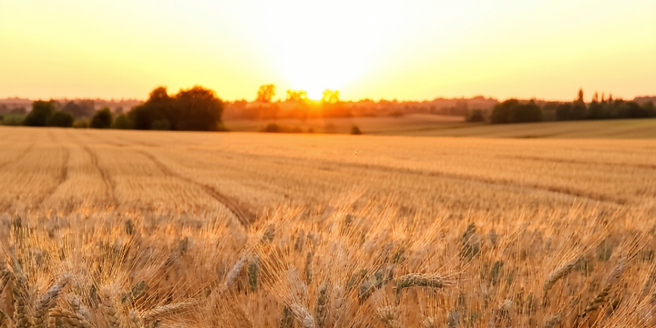
Understanding Natural Light Sources
Natural light plays a crucial role in sunbeam photography. The sun, your primary light source, offers varying qualities of light based on its position. Morning light tends to be soft and cooler, providing gentle illumination with longer shadows, perfect for evoking a serene mood in your images. Midday sunlight, on the other hand, is harsh and direct, creating stark contrasts that can be utilized for dramatic effects. Evening light, or the golden hour, is warm and diffused, casting a soft, almost magical glow that’s ideal for capturing enchanting sunbeams. Being able to distinguish between these natural light sources and understanding how they enhance your composition is essential for crafting captivating sunbeam photos. Harnessing the depth, texture, and mood provided by natural light ensures your images are not only visually compelling but also emotionally resonant.
Selecting the Right Time of Day
Choosing the optimal time of day for sunbeam photography can make or break your shot. Sunbeams are most vibrant during the golden hours right after sunrise and just before sunset. During these times, the low-angle sunlight filters through atmospheric particles, creating breathtaking beams of light that enrich your imagery. Early mornings offer a tranquil environment with cooler tones and dew-filled scenery, ideal for capturing poetic landscapes. Afternoons pose a challenge with harsher light but can be tamed to highlight dynamic compositions with strong contrasts. Plan your shoot to coincide with these periods of exquisite natural light. A sundown session can add an ethereal quality to your photos, lending warmth and depth. Knowing when sunbeams appear lets you work with Mother Nature, turning ordinary scenes into extraordinary visual stories.
Mastering Camera Settings for Sunbeams
To capture striking sunbeam photos, you must master your camera settings. Start with your aperture; a smaller f-stop like f/16 allows you to capture sharp sunbeams while maintaining depth of field. Adjust your ISO to the lowest setting, typically 100, to minimize noise and achieve a cleaner image. Your shutter speed is crucial; a faster speed helps freeze those fleeting beams of light. Experiment with exposure bracketing to find the right balance, avoiding overexposure in bright areas. Use spot metering for accurately measuring light in specific parts of your frame, ensuring sunbeams are perfectly exposed. Finally, shoot in RAW format to retain detail and flexibility in post-processing. By fine-tuning these settings, you enhance your ability to capture the essence of light, crafting aesthetically pleasing images that are rich in detail.
Composing Your Shot for Maximum Impact
Effective composition is pivotal when photographing sunbeams, maximizing their visual impact within your frame. Start with the rule of thirds, positioning sunbeams or focal points along these lines to create balance. Foreground elements, like foliage or silhouettes, can add an extra layer of interest and depth to your photo. Consider leading lines to draw the viewer’s eye along the sunbeams, enhancing the sense of direction within the scene. Framing techniques, such as capturing sunbeams through arches or between branches, adds a natural vignette, focusing attention on the main subject. Be mindful of negative space, which can emphasize the strength and drama of sunbeams, making them appear more pronounced. Thoughtful composition transforms sunbeams from a background element to a striking feature in your photography, making your images notably memorable.
Using Filters to Enhance Sunbeams
Filters are invaluable tools for enhancing sunbeams in your photography. Polarizing filters can increase contrast in the sky and reduce glare on reflective surfaces, making sunbeams appear more defined. Neutral density (ND) filters are useful when shooting in bright conditions, as they allow for longer exposure times without overexposure, creating smooth, ethereal effects. A graduated ND filter can help balance the light between sky and ground, ensuring even exposure when sunbeams streak across your composition. Using these filters, you gain control over the dynamic range and overall brightness of your scene. Experimentation is key; different filter combinations yield varied results, so try different setups to achieve your desired effect. Skillful filter use not only elevates the prominence of sunbeams in your images, but also adds mood and depth to your photographic narrative.
Editing Tips for Highlighting Sunbeams
Post-processing is essential for enhancing sunbeams and highlighting their beauty in your images. Start by adjusting the contrast to make sunbeams stand out against their background. Increase highlights to add brightness and clarity to the beams themselves. Utilize dodge and burn tools to accentuate light and shadow, giving sunbeams a more three-dimensional appearance. Use the clarity slider cautiously to add subtle sharpness without introducing noise. The dehaze tool can help define beams further by reducing atmospheric haze, creating a crisper image. Consider adjusting the white balance for warmth, complementing the natural glow of sunbeams. If necessary, use selective color adjustments to highlight specific hues within the beams. These editing tips bring out the ethereal nature of sunbeams, transforming your photos into vivid, dynamic scenes that captivate the viewer’s attention.
